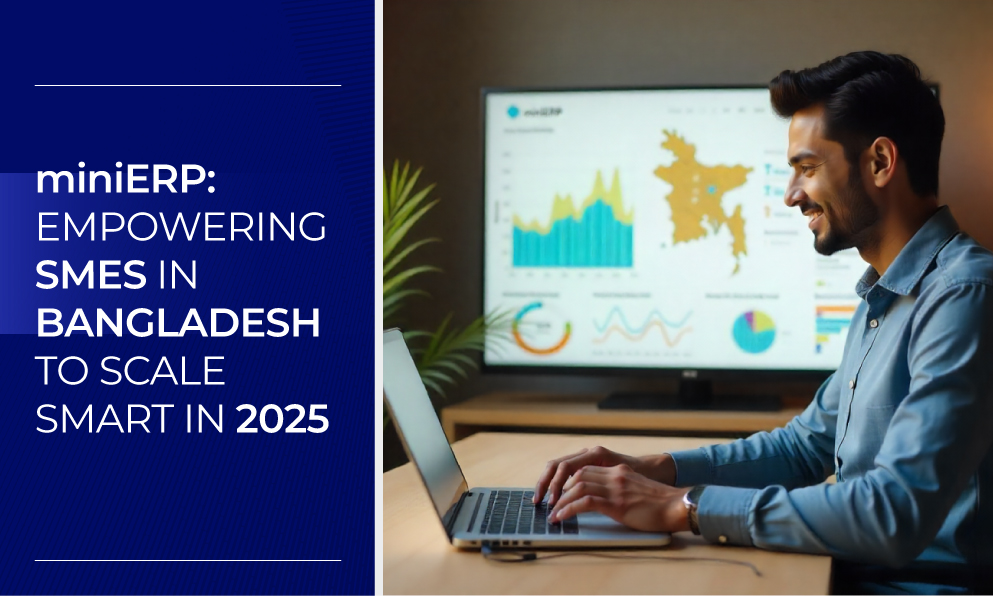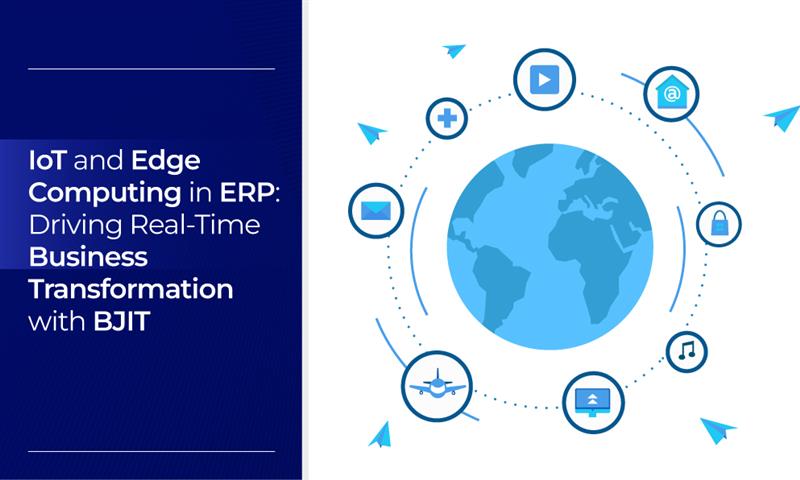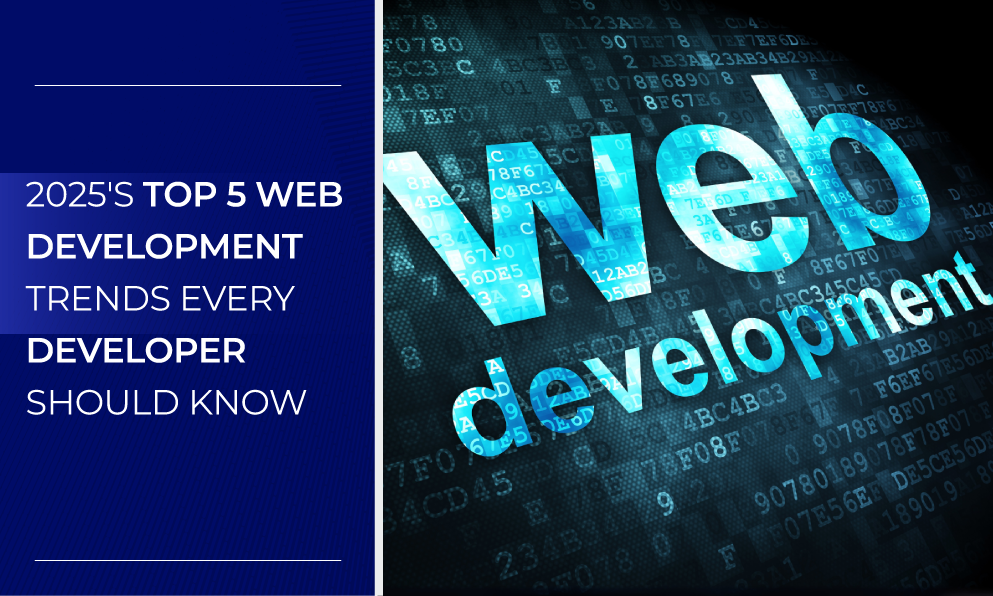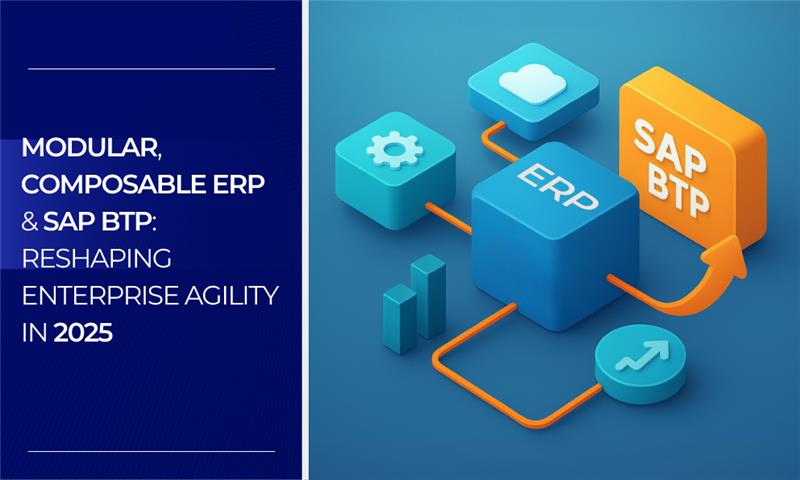Introduction
Recruitment is one of the most critical functions in any organization. A company’s success depends heavily on its ability to attract, evaluate, and retain the right talent. However, hiring is becoming increasingly complex in 2025. HR professionals face mounting challenges such as high candidate volumes, skill mismatches, and rising competition in the job market. According to a recent survey by LinkedIn (2024), 73% of talent acquisition leaders believe that recruiting has become more difficult in the past three years due to increased competition and candidate expectations.
To address these challenges, organizations are rapidly turning to AI-powered recruitment solutions that streamline hiring processes, reduce bias, and enable data-driven decision-making. One such solution is Xamify, a cutting-edge recruitment platform developed by BJIT, which leverages artificial intelligence to revolutionize the way companies find and hire top talent.
This blog explores how Xamify is reshaping recruitment, why it matters for businesses globally, and why HR professionals in Bangladesh and beyond should embrace it as their hiring companion.
The Challenges of Traditional Recruitment
Traditional recruitment practices often involve manual resume screening, lengthy interview processes, and subjective hiring decisions. These approaches present several obstacles:
- Time-Consuming: HR professionals spend hours scanning through hundreds of resumes for a single role.
- Human Bias: Subjective judgment often leads to unconscious bias, impacting diversity and inclusivity.
- Skill Gaps: Resumes don’t always reflect true candidate abilities, leading to mismatched hires.
- High Costs: Long hiring cycles increase recruitment costs and slow down organizational growth.
- Candidate Experience: Delayed responses or unclear communication frustrate applicants, damaging employer branding.
According to Deloitte (2023), organizations that rely solely on traditional recruitment methods experience 30% longer time-to-hire compared to those using AI-powered solutions.
Why AI Recruitment is the Future
Artificial Intelligence (AI) is transforming every aspect of business operations, and recruitment is no exception. AI enhances recruitment in multiple ways:
- Automated Resume Screening: AI tools can filter thousands of resumes in seconds, shortlisting candidates who best match job requirements.
- Skill-Based Assessment: AI-powered assessments test real abilities rather than just evaluating resumes.
- Bias Reduction: Algorithms can be trained to focus on skills and qualifications, reducing unconscious bias in hiring.
- Predictive Analytics: AI can predict a candidate’s job performance and cultural fit based on historical data.
- Enhanced Candidate Engagement: AI chatbots provide instant communication, ensuring a better applicant experience.
For SMEs and large enterprises alike, adopting AI recruitment tools has become a necessity rather than a luxury (Alam & Rahman, 2022).
Introducing Xamify: AI-Powered Recruitment by BJIT
Xamify is BJIT’s innovative AI-driven recruitment platform designed to simplify and accelerate hiring. It empowers HR professionals to manage the entire recruitment lifecycle—from job posting to final onboard using automation and advanced analytics.
Unlike generic applicant tracking systems (ATS), Xamify combines AI assessments, candidate ranking, and automation to ensure the best-fit candidates are selected in record time.
Key Features of Xamify
- AI Resume Screening
- Automatically filters resumes based on job criteria.
- Reduces time spent on manual shortlisting by up to 80%.
- Skill-Based AI Assessments
- Tests candidates’ real abilities using customized online assessments.
- AI-powered scoring ensures unbiased evaluation.
- Candidate Ranking
- Provides a ranked list of applicants based on skills, experience, and cultural fit.
- Helps HR teams make data-driven decisions.
- AI-Powered Chatbot
- Engages candidates instantly with queries, updates, and feedback.
- Improves the overall candidate experience.
- Analytics Dashboard
- Offers insights into recruitment KPIs such as time-to-hire, cost-per-hire, and candidate performance.
- Provides HR leaders with actionable data to refine strategies.
- Cloud-Based Platform
- Accessible anytime, anywhere, from any device.
- Ideal for remote recruitment and hybrid workforce models.
Benefits of Xamify for HR Teams
1. Faster Hiring Cycles
By automating resume screening and assessments, Xamify shortens the time-to-hire significantly. Businesses can fill roles faster, ensuring no disruption in operations.
2. Reduced Recruitment Costs
With less manual work and quicker hiring processes, organizations save both time and money.
3. Better Quality Hires
Skill-based AI assessments ensure candidates have the right technical and soft skills for the role.
4. Improved Diversity & Inclusion
By reducing unconscious bias, Xamify promotes diverse hiring, aligning with global HR best practices.
5. Enhanced Employer Branding
AI chatbots and smooth recruitment processes enhance candidate experience, building a positive employer brand.
Real-World Example: Hiring in a Tech Company
Consider a mid-sized IT firm in Dhaka looking to hire 50 software engineers within three months. Traditionally, HR teams would have spent weeks scanning resumes, conducting multiple interviews, and struggling to meet deadlines. After adopting Xamify:
- Resume screening was automated, shortlisting candidates in minutes.
- AI assessments filtered out unqualified applicants before interviews.
- Candidates received real-time updates via the chatbot.
- Time-to-hire dropped by 40%, and HR costs decreased by 25%.
This case shows how Xamify directly impacts both efficiency and outcomes.
Xamify vs. Traditional Recruitment
Why Choose BJIT’s Xamify
BJIT, with over 20 years of global IT expertise, developed Xamify to bridge the gap between traditional recruitment and modern workforce demands.
- Local & Global Expertise: Trusted by global enterprises while adapted for local contexts.
- Affordable Pricing: Designed for both SMEs and large organizations with flexible pricing.
- Dedicated Support: HR professionals receive hands-on training and ongoing support.
- Future-Ready: Continuous updates ensure Xamify remains aligned with the latest AI and recruitment trends.
By implementing Xamify, organizations gain a competitive advantage in attracting top talent and improving overall workforce quality.
The Future of Recruitment with Xamify
The global recruitment industry is rapidly moving towards AI-first models. According to Gartner (2024), 80% of enterprises will adopt AI-based recruitment solutions by 2026. Early adopters, such as companies using Xamify, will benefit from:
- Stronger candidate pipelines.
- Faster decision-making.
- Reduced hiring risks.
- A more inclusive workforce.
For Bangladeshi organizations competing in global markets, adopting tools like Xamify will be critical to meeting international recruitment standards and staying competitive.
Conclusion
Recruitment is evolving, and organizations must keep up with the changing dynamics of the workforce. Manual processes and outdated ATS systems no longer meet the demands of a fast-paced hiring environment. Xamify by BJIT offers an AI-driven, affordable, and efficient recruitment solution that helps HR teams save time, reduce costs, and hire better talent.
By adopting Xamify, businesses in Bangladesh and worldwide can transform recruitment into a data-driven, bias-free, and future-ready process.
Learn more at: BJIT Xamify
With Xamify, recruitment is no longer a challenge—it’s an opportunity for growth.
References
- Alam, M., & Rahman, S. (2022). Adoption of AI in human resource management: Opportunities and challenges in South Asia. International Journal of Human Resource Studies, 12(2), 56–72. https://doi.org/10.5296/ijhrs.v12i2.19234
- Deloitte. (2023). Global Human Capital Trends 2023. Deloitte Insights.
- Gartner. (2024). Future of Talent Acquisition: The Role of Artificial Intelligence. Gartner Research.
- LinkedIn. (2024). Global Talent Trends 2024 Report. LinkedIn Corporation.









